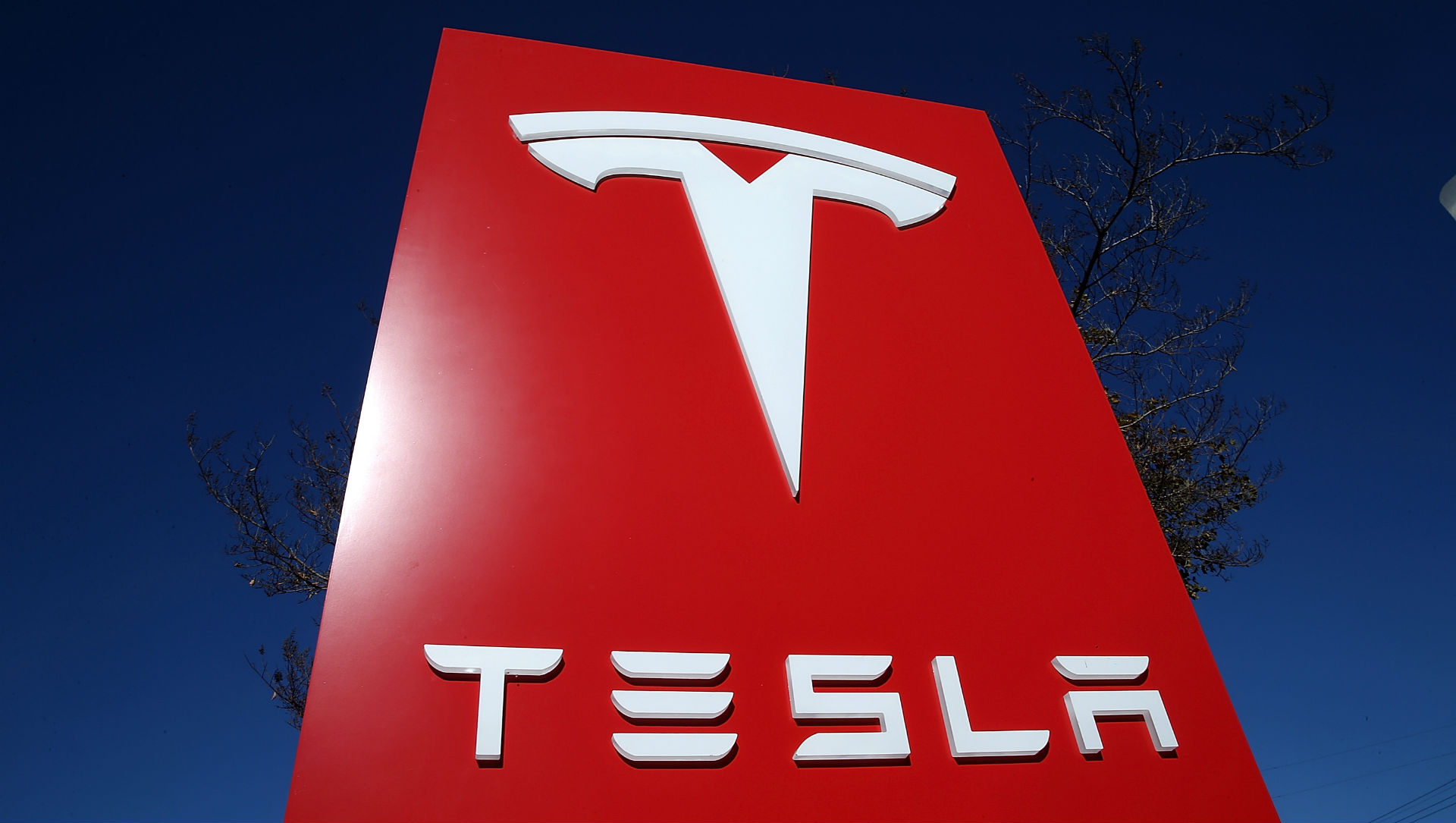

Tesla posted a $702 million net loss for the first quarter of 2019, as a 31% drop in deliveries and declining profit margins took their toll. The loss brings Tesla’s cash hoard down to just $2.2 billion by the end of the period, driven by price reductions and the repayment of $920 in convertible notes.
The quarter was a tumultuous one for Tesla, which blamed falling deliveries on the logistical challenge of filling European and Chinese market demand. “With a massive number of cars being shipped globally from a single factory in Fremont, the international expansion of Model 3 unavoidably resulted in longer average shipping times and increased vehicles in transit,” the company said. Tesla ended the quarter with 10,600 vehicles in transit.
Production of Model S and X did fall by a whopping 44% though, as Tesla retooled to produce new motors and suspensions for the recent range-extending update to its flagship models. Production of the previously fast-growing Model 3 only increased by a meager 3% in the quarter, adding to concerns that demand for Tesla’s most affordable model is slowing. During the quarterly analyst call, Musk said that he does see strong demand for all three of Tesla’s vehicles with the exception of the $35,000 Standard Range Model 3 that can only be ordered “off menu” by calling the company.
These weak production and delivery results came despite several reductions in the price of Tesla’s products, suggesting they could have been even worse at steady pricing. Those price reductions caused $121 million in losses tied to “increases in the assumed forecasted return rates for cars sold under our Residual Value Guarantee and Buy Back Guarantee programs, as well as inventory write downs for used and service loaner inventory.” Store closures added another $68 million in restructuring charges, though Tesla is backing away from plans to dramatically reduce its retail footprint. Tesla’s used car business also slowed in the quarter, sending “Service and Other” revenue down 7%, and gross margin down 29%.
Looking forward, Tesla is still deciding whether to build its forthcoming Model Y crossover at its Fremont, California plant or its Reno, Nevada Gigafactory. Fremont is back on the table after a Tesla team determined that they could add to the plant’s structure and free up space being used as warehouses, creating room for a Model Y line at a facility Musk had previously said was “packed to the gills.” Musk said Tesla had already begun purchasing tooling for the Y, despite not yet having made a decision about the production location. Tesla also continues to make progress on the construction of its newest factory outside Shanghai, Musk said.
Despite these expansion plans, another forthcoming insurance product, and its massive “Full Self-Driving” ambitions, Tesla trimmed both its capital expenditures and research and development costs during the quarter. In response to questions about a possible capital raise, Musk said the company’s “spartan diet” over the last year and a half had forced it to become a more operationally fit company and said he did not envision any short-term capital raises. Tesla did raise $500 million in debt for its Shanghai plant last quarter, and the company says it expects to pay for its planned acquisition of Maxwell with new stock once the SEC approves the deal sometime next month.
Tesla expects that the updates to Model S and X and the “continued expansion of Model 3 globally” will send production rates back up goring forward, with deliveries of 90 to 100,000 units targeted for the second quarter. That number could be higher Tesla said, but it is focused on unwinding the “wave” of deliveries that stranded so many cars in transit at quarter end, which “puts extreme stress on Tesla.” The company also says that its stalled Tesla Energy business should contribute more to its bottom line over the rest of the year, as deliveries and gross margin are expected to increase.